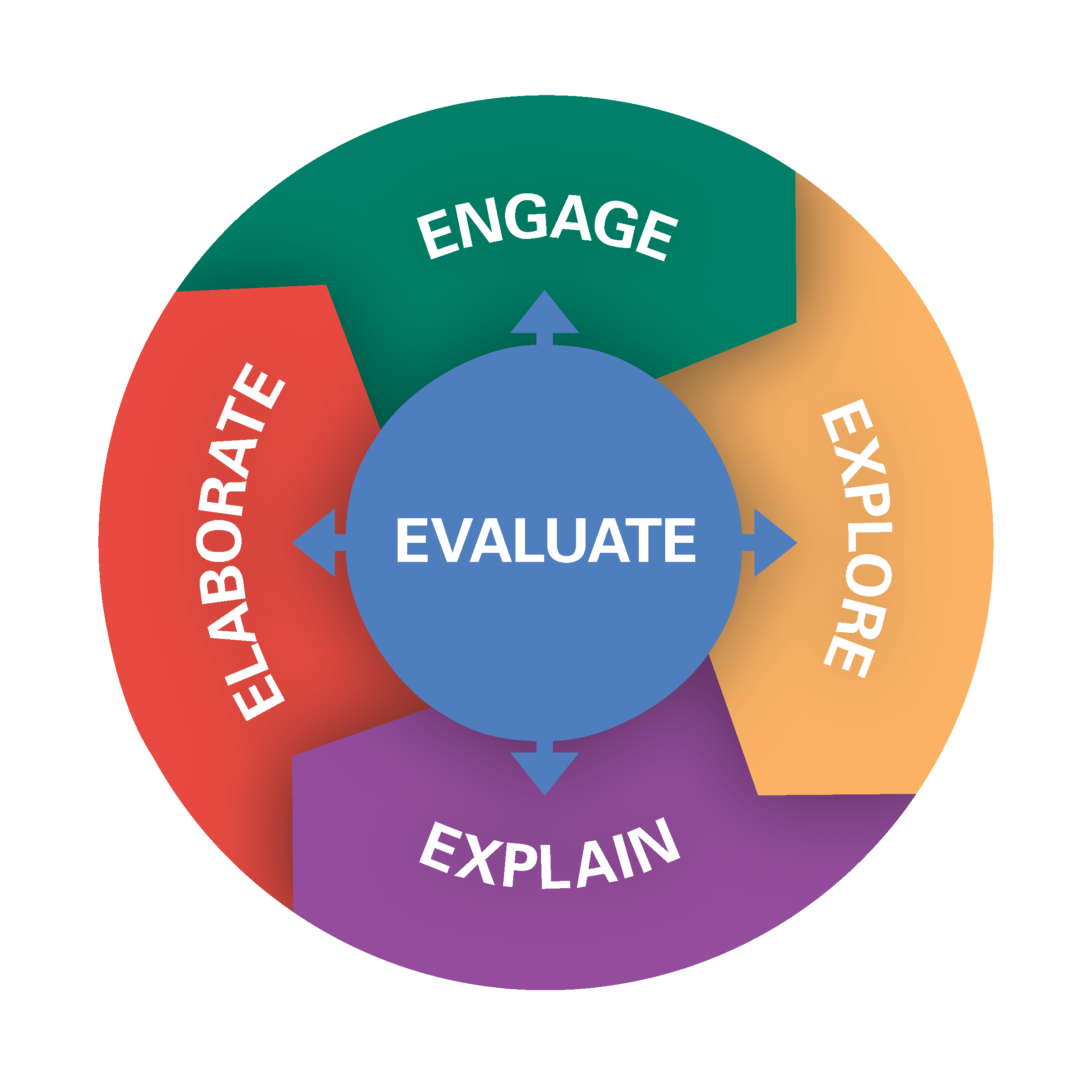Energy in Ecosystems
Energy in Ecosystems for Grades 3-5
Designed for 3rd-5th grade teachers, the Energy in Ecosystems is a fully online e-unit that investigates ways in which organisms depend on each other to survive and thrive.
Students focus on forests (one of the largest and most complex types of ecosystems) and come to understand some of the interactions present in all ecosystems. In doing so, they learn to appreciate the natural systems on which we depend and begin to widen their circle of compassion to include all of nature.
A Home for Many
From their leafy branches to their tangled roots, trees provide a habitat for a host of plants and animals. Students inventory the plants and animals that live in, on, and around trees and discover how trees meet their needs for survival.
Every Tree for Itself
Through a simulation, students explore the ecosystem components that trees need to live and grow, and learn how organisms in an ecosystem often must compete for their needs.
Invasive Species
Students research invasive species to determine their impact on ecosystems and what characteristics make them so challenging.
Power Plants
Plants are crucial components of most ecosystems because they provide the energy that other organisms need to live. In this inquiry-based activity, students design investigations to explore what these “power plants” need to function and grow.
The Forest of S.T. Shrew
Students take a “shrew’s-eye-view” of life in the woods to gain an understanding of the variety of organisms that live in forests and to learn how living and non-living things interact.
Web of Life
By conducting research and simulating a food web, students take a close look at a forest ecosystem and discover ways that plants and animals are connected to each other.
Comprehensive Standard Alignment
PLT’s Energy in Ecosystems E-Unit is built to teach to the standards and includes comprehensive and interactive tooltips throughout the lessons to reference academic standards.
Activities are:
- Constructed around – rather than simply correlated to – targeted performance expectations of the Next Generation Science Standards (NGSS). They build on one another to foster students’ understanding and skills for meeting specific standards.
- Aligned with the Common Core State Standards for both English Language Arts and Mathematics.
- Aligned with the College, Career, and Civic Life (C3) Framework for Social Studies.
- Organized around the Biological Sciences Curriculum Study (BSCS) 5E Instructional Model – engage, explore, explain, elaborate, and evaluate.
NGSS
Geared for third- through fifth-grade classrooms, the unit is built around the following Performance Expectation standards from the Next Generation Science Standards (NGSS):
- 3-LS4-3 – Biological Evolution: Unity and Diversity. Construct an argument with evidence that in a particular habitat some organisms can survive well, some survive less well, and some cannot survive at all.
- 4-LS1-1 – From Molecules to Organisms: Structures and Processes. Construct an argument that plants and animals have internal and external structures that function to support survival, growth, behavior and reproduction.
- 5-PS3-1 – Energy. Use models to describe that energy in animals’ food (used for body repair, growth, and motion and to maintain body warmth) was once energy from the sun.
- 5-LS2-1 – Ecosystems: Interactions, Energy, and Dynamics. Develop a model to describe the movement of matter among plants, animals, decomposers, and the environment.
 5E Instructional Model
5E Instructional Model
This unit is designed around the 5E Instructional Model, which incorporates the elements of engagement, exploration, explanation, elaboration, and evaluation (see Figure 1). This instructional model incorporates a variety of instructional strategies such as student exploration, critical thinking, hands-on activities, scientific argumentation, project-based learning, STEM learning, and application of 21st century skills to move students to a deep understanding of concepts explored. Studies show that when taken together, these activities result in greater student engagement, comprehension, and achievement.
Login to download supporting materials such as appendices and teaching tips.
Login
 Get this Guide
Get this Guide
 Find Training
Find Training

